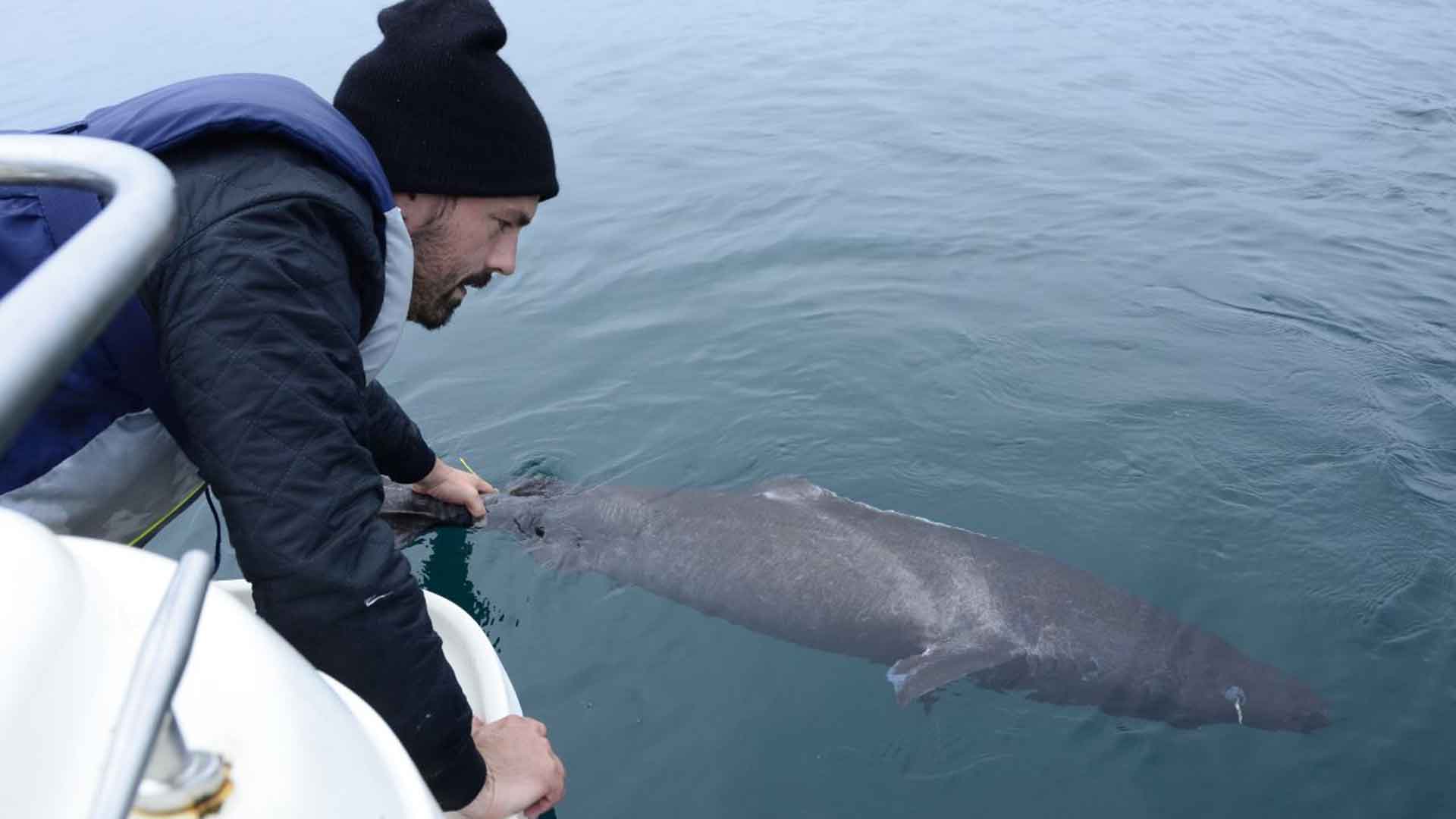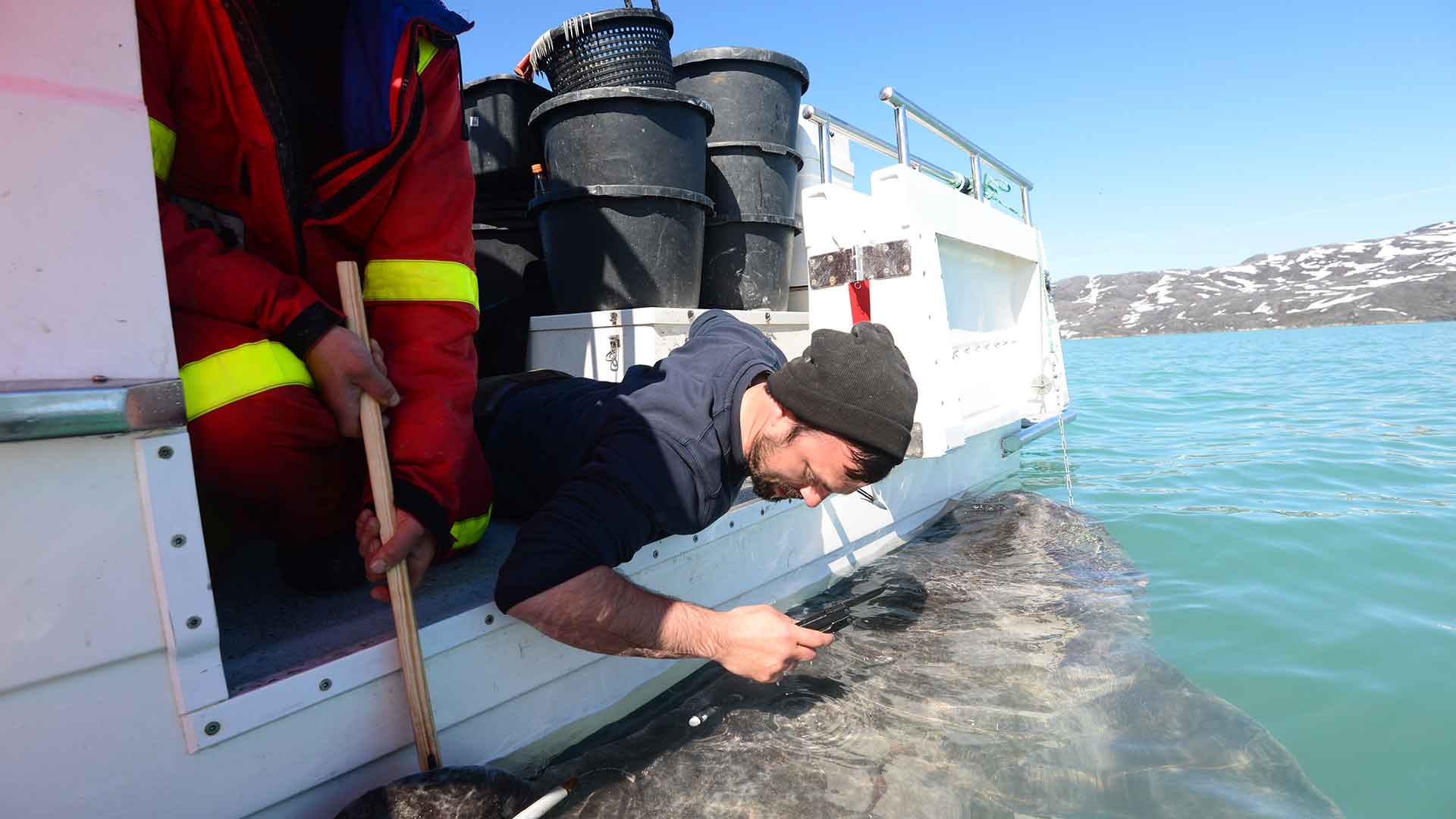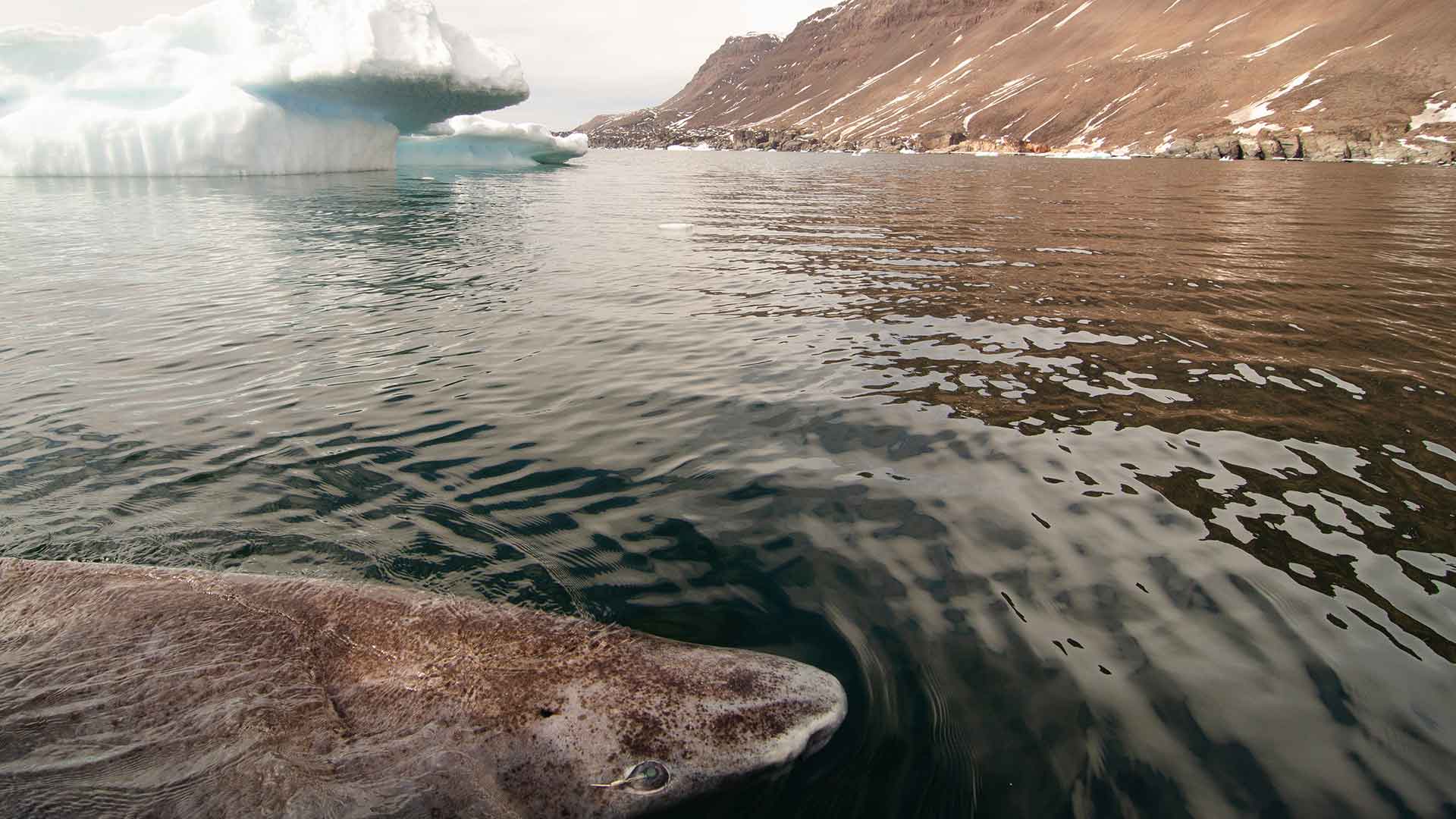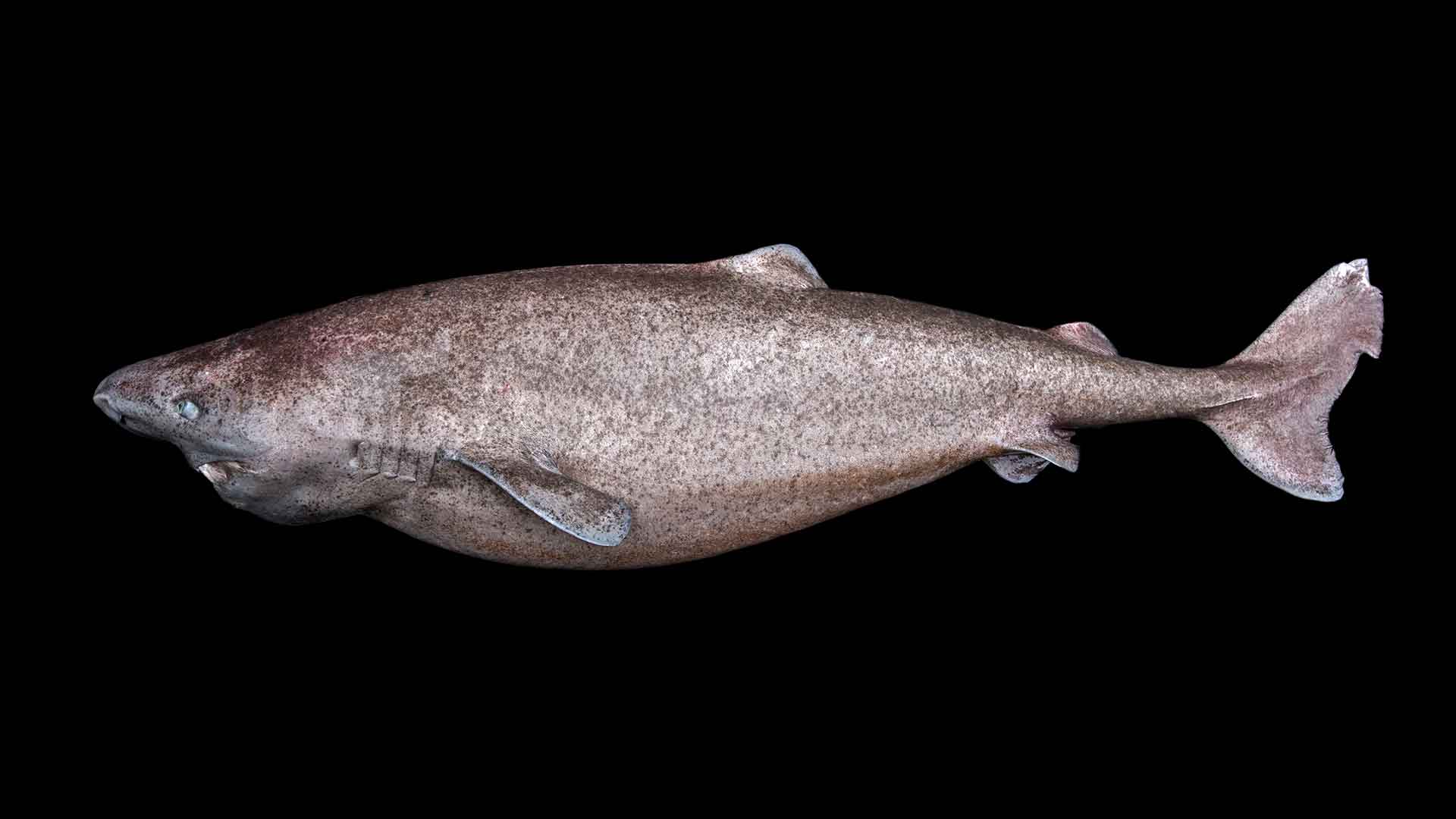This new knowledge has given rise to concerns in international fishery organizations, as the Greenland shark is a frequent bycatch in trawling and longlining fisheries in Greenland and elsewhere in the North Atlantic. And the research results may indicate that the shark is vulnerable: if the mating sharks die in bycatch, it will take many years before we get a new generation of sharks. For this reason, if too many sharks are caught involuntarily certain types of fisheries can risk losing their sustainability certificates.
“It might turn 100 years before it reaches sexual maturity, but it can have kids for more than 100 years. ” Julius Nielsen.
More knowledge
However, although it seems logical that an animal for whom it takes a 100 year to reach mating age, is vulnerable to bycatch, according to Julius Nielsen, the concern may very well rest on wrong assumptions.
He believes that more knowledge about the Greenlandic shark can improve regulation of the catch. Hopefully, more research can lead to less concern and less restrictions of bycatch in places where there is no reason for it. On the other hand, the research can also point to areas where we need to be extra careful, for example because big old mating sharks live here.
The fishermen also need to learn how to handle sharks caught in bycatch the right way.
Julius Nielsen explains: “If handled with care a Greenland shark in bycatch is not the same as a dead shark. That argument can become important when the impact of bycatch on the shark population is assessed.”
”I believe that if we knew everything about the biology of the Greenland shark, we would be less concerned about it. It might seem logical that because it is difficult for the Greenland shark to mate and accordingly have few kids, however I believe they have a ton of offspring!” says Julius Nielsen and adds: “It might turn 100 years before it reaches sexual maturity, but it can have kids for more than 100 years. The fact that every year hundreds and maybe thousands of big sharks are caught might indicate that they have a lot of kids. There is something in their biology is less worrying than when it comes to normal fish. And we need to find out what that is,” Julius Nielsen says.
Therefore, Julius Nielsen continues his research in the Greenland shark. And there is a lot we still do not know about the animal.



